Let p be a polynomial function of x and c be a real number,the limit of p (x) as x approaches c does not depend on the value of f at x = c. It may happen, however, that the limit is precisely p (c).In such cases, the limit can be evaluated by direct substitution and the function is continuous at c.
$\lim _{x\to c}p(x)=p(c)$
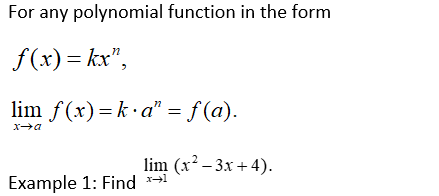
Solution: The pattern of f(x) = x2-3x+4 near x=1 can be found out from the following table:
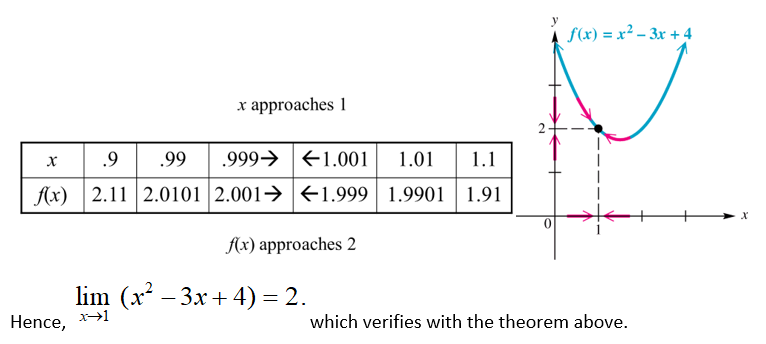
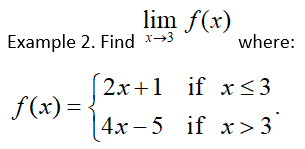
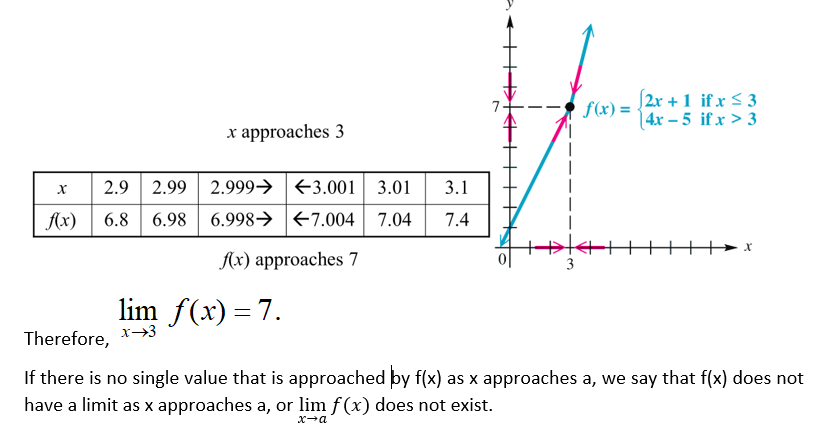
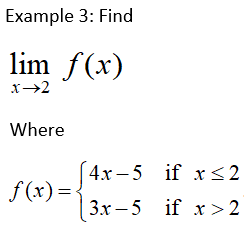

| x | 1.9 | 1.99 | 1.999 | 2.001 | 2.01 | 2.1 |
| f(x) | 2.6 | 2.96 | 2.996 | 1.003 | 1.03 | 1.3 |
f(x) approaches 3 as x moves closer to 2 from the left-hand side,
f(x) approaches 1 as x moves closer to 2 from the right-hand side.
Therefore, does not exist.
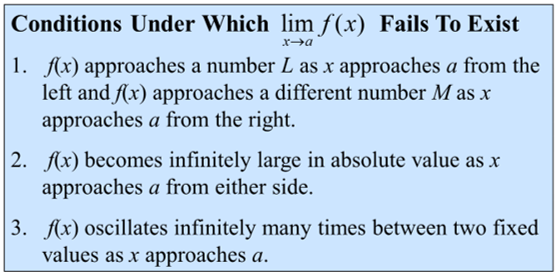
Let r be a rational function of x, where r(x) =p(x)/q(x), and c be a real number where q(c)≠, then:
A function may approach an asymptotic value as x moves in the +ive or -ive direction.
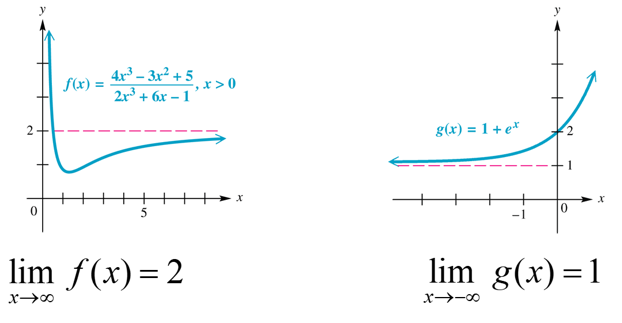
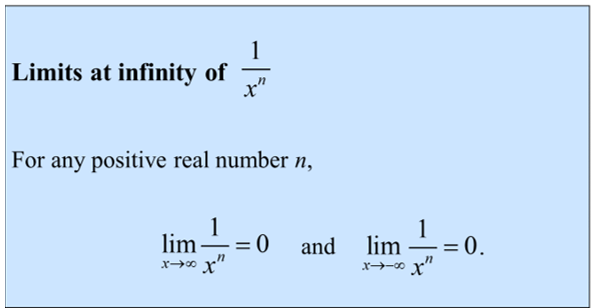

Solution: First factor the numerator and denominator
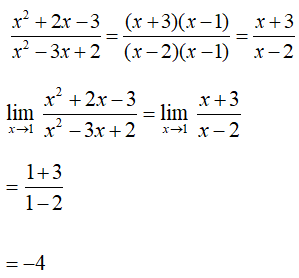
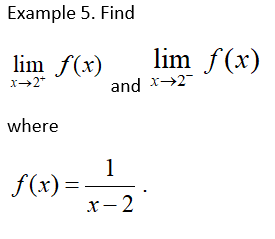
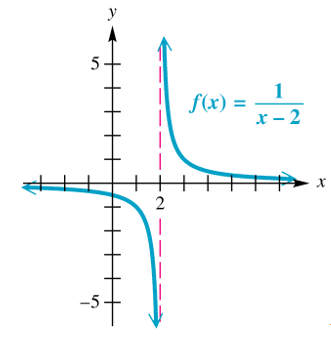
![]()
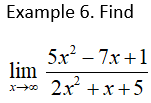
Solution: Divide the numerator and denominator by the highest power of x in the rational function, x2.
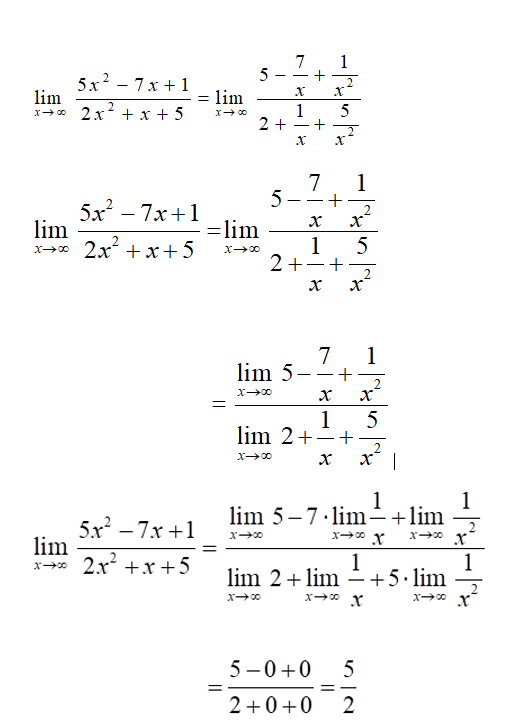
In conclusion, the properties of limits are given below. Let b and c be real numbers and n be a positive integer where f and g are functions of x with limits:
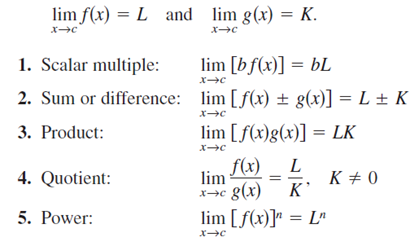
Example 7: Find ![]()

The limit (as x → 2 ) of the polynomial function p(x) = 4x2 + 3 is simply the value of p at x = 2.
![]()
This direct substitution property is valid for all polynomial and rational functions with nonzero denominators.
Example 8: Find $\lim _{x\to -3}\frac{x^{2}+x-6}{x+3}$
Direct substitution fails because –3 is a zero of the denominator. By using a table, however, it appears that the limit of the function as x approaches –3 is –5.

First, factorize the numerator and canceling out any common factors.
![]()
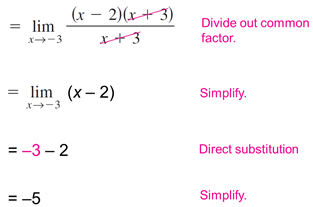
The procedure shown above for evaluating a limit is known as the dividing out technique. The validity of this technique stems from the fact that when two functions agree at all but a single number c, they must have identical limit behavior at x = c. This technique should be applied only when direct substitution produces 0 in both the numerator and the denominator. An expression such as 0/0 meaningless as a real number. It is called an indeterminate form because you cannot, from the form alone, determine the limit. For evaluating a limit of a rational function by direct substitution and encounter this form, the numerator and denominator must have a common factor.